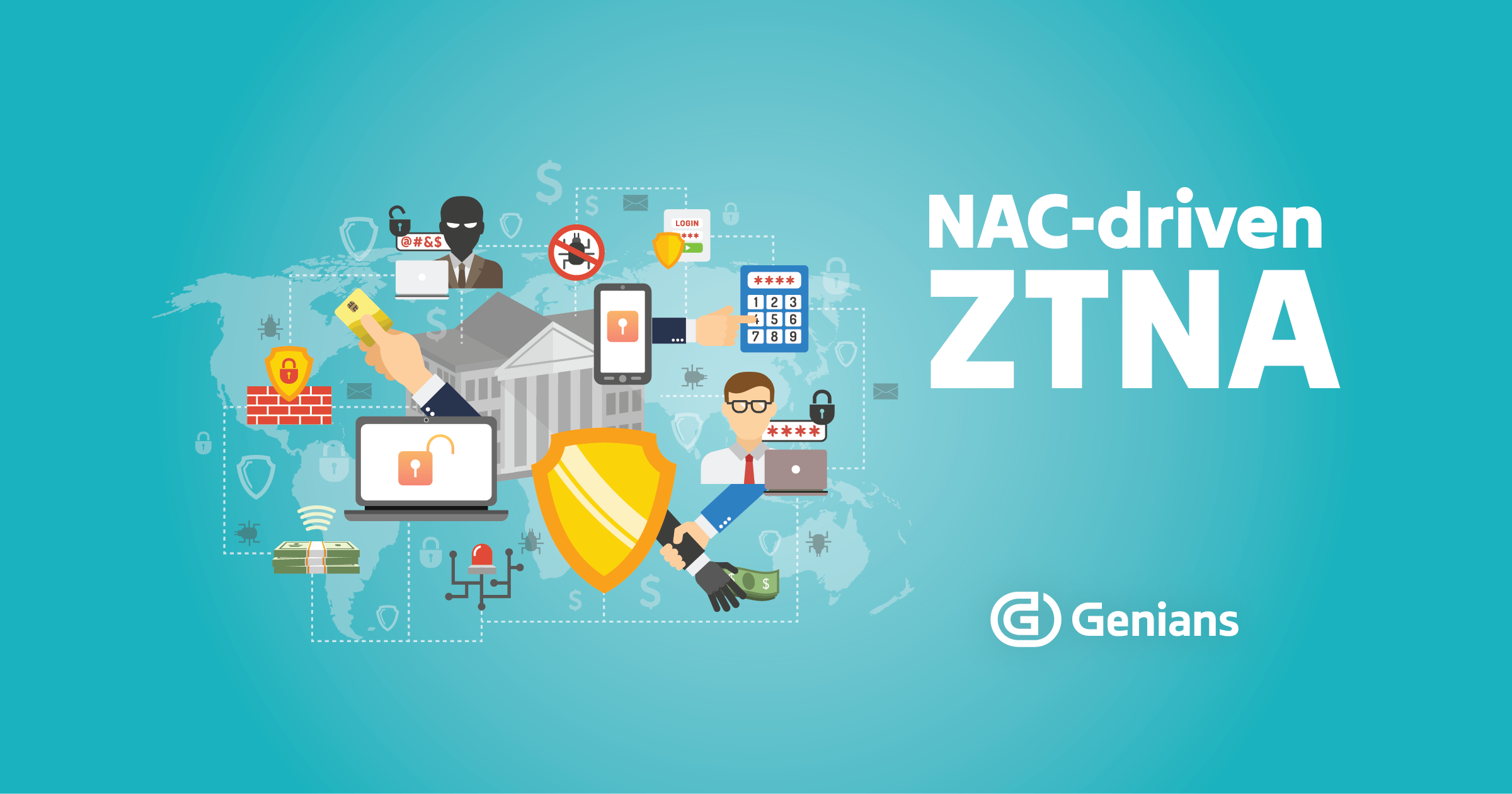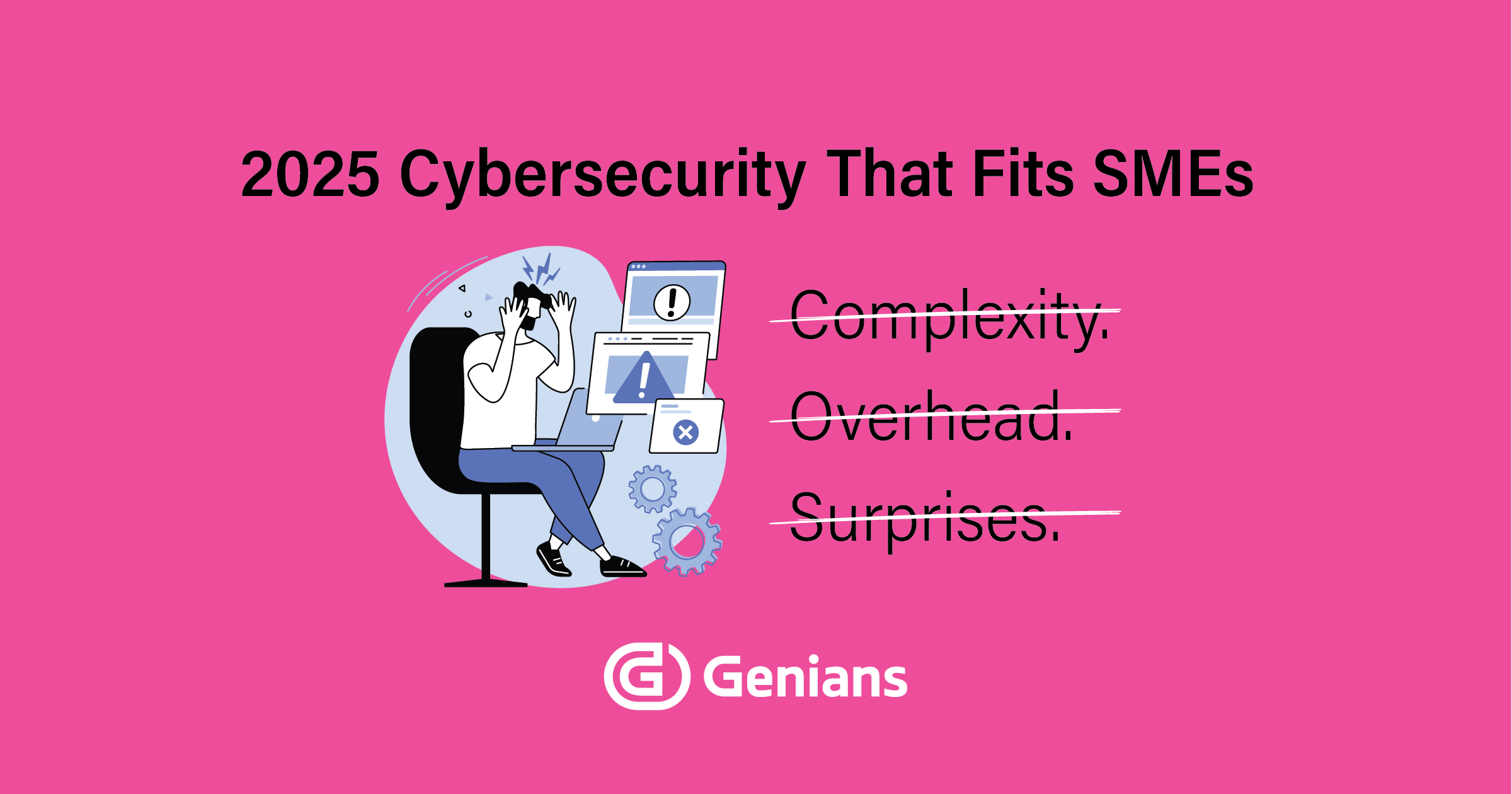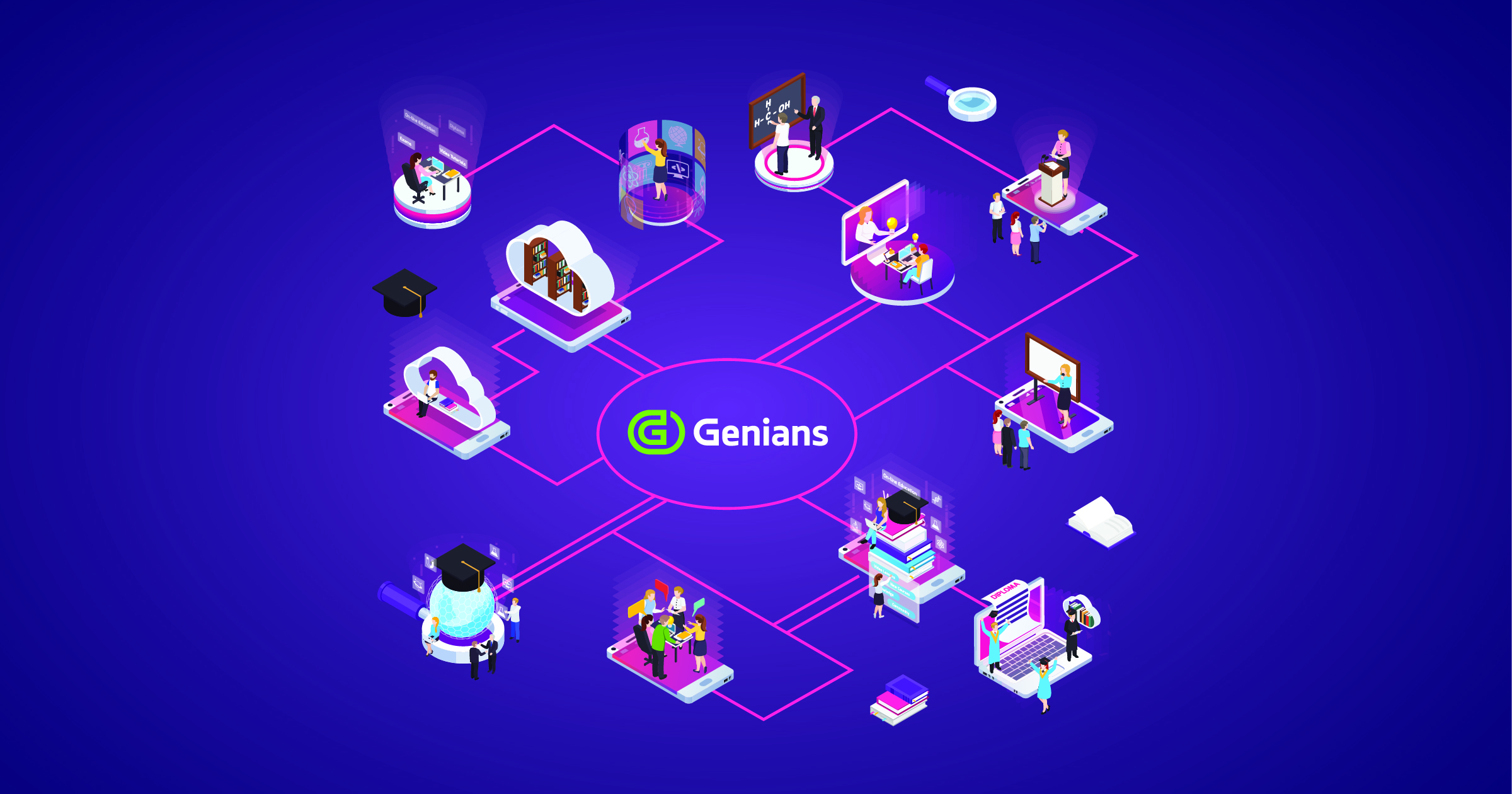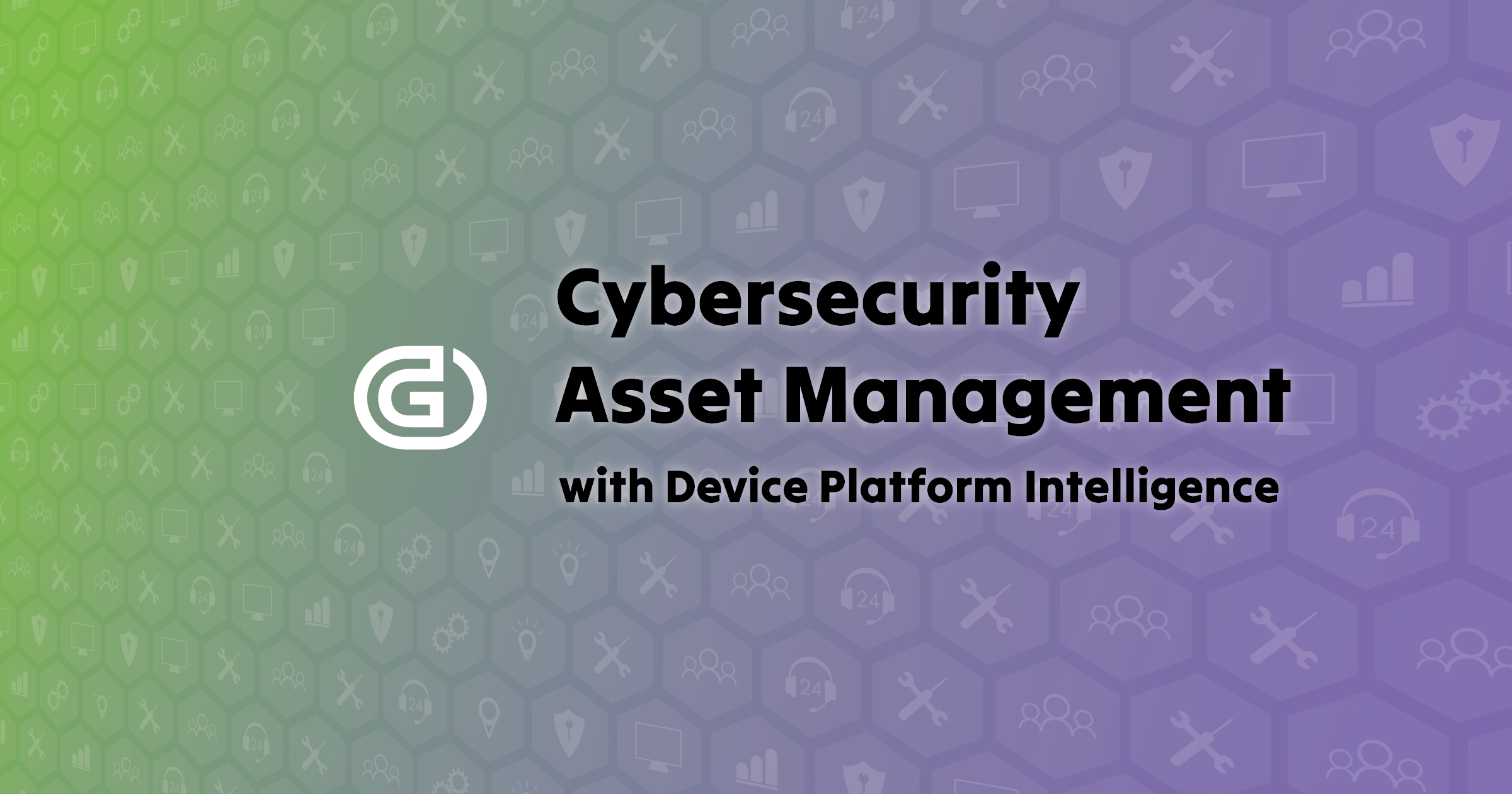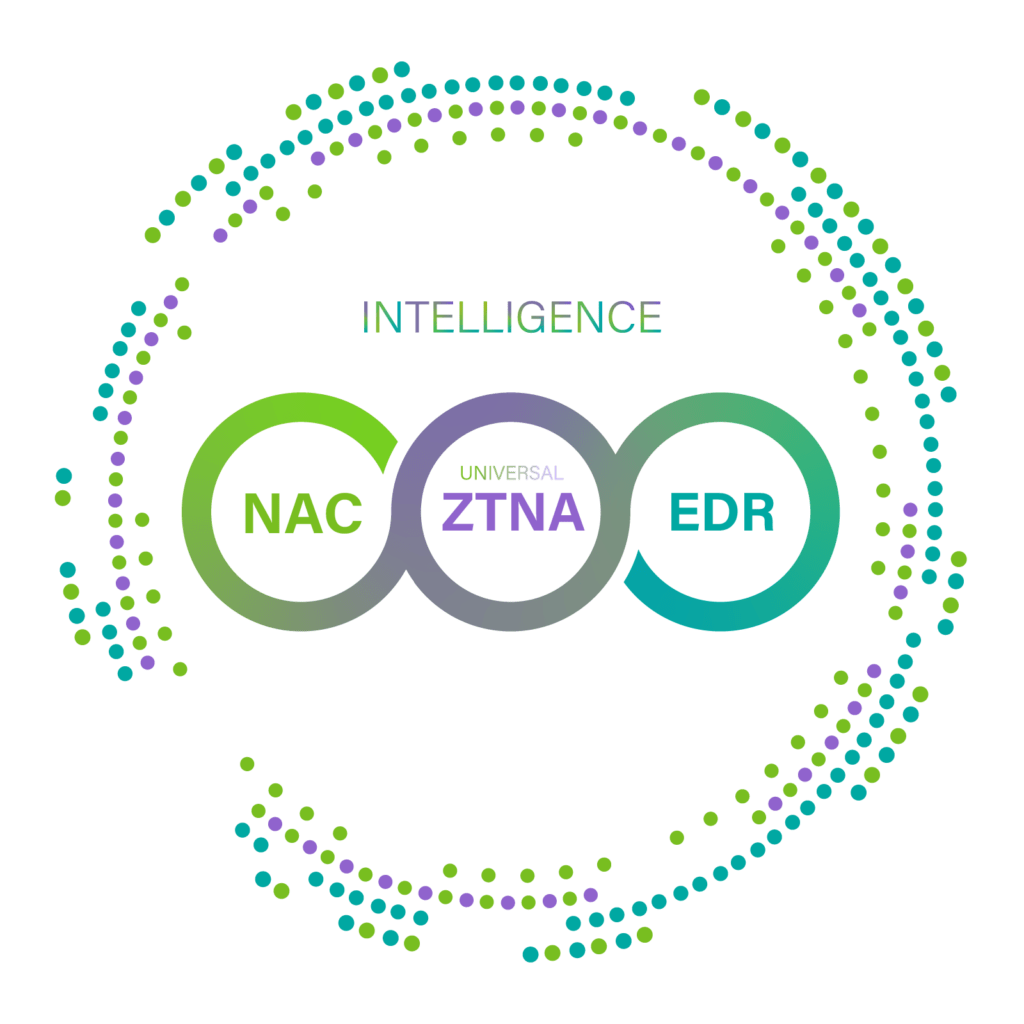Securing the vast number of network-connected governmental locations around the world is a truly herculean undertaking. It requires employing robust security measures to protect sensitive data and critical infrastructure while maintaining all information systems at the highest levels of confidentiality, integrity, and availability. To support such rigorous security demands at the level needed, both Network Access Control (NAC) and Zero Trust Network Access (ZTNA) are required due to their ability to mitigate evolving threats, defend against insider risks, ensure compliance, provide granular access controls, enable secure remote access, and enhance visibility and control over network activities.
Of course, we’ve all seen the extent to which Zero Trust has been embraced by the U.S. government and industry over the past 2 years. First, the Biden Administration released in 2021 its “Cyber Executive Order,” requiring all systems within the Executive Branch to be governed by the principles that characterize Zero Trust computing. Second, as a follow-on in March of this year, Biden expanded this limited order into a comprehensive “National Cybersecurity Strategy.” Never has there been put into action a more ambitious or comprehensive cybersecurity strategy for the nation. And at the strategy’s very center are the primary organizing principles of “Least Privilege” and “Zero Trust.”
To be sure, combining NAC with ZTNA provides exactly the level of security required for government entities as a result of these new orders. Here are the key advantages of integrating these technologies:
Zero Trust Principles
ZTNA aligns closely with the Zero Trust security model, which is increasingly being adopted in both public and private sectors. The Zero Trust model assumes that no user or device should be inherently trusted, as was typically the case in traditional network practices. Access should instead be granted and maintained only in the context of all network entities undergoing continuous verification and authentication. By combining NAC and ZTNA, government organizations can effectively implement Zero Trust principles, ensuring that access to resources is based entirely upon trust assessment and contextual factors, rather than solely upon network perimeter determinations.
Enhanced Security Posture
Indeed, this combination of NAC and ZTNA capabilities creates a powerful security framework for strengthening the overall security posture of governmental systems deployments. NAC helps enforce access controls at the network level, ensuring that only authorized devices and users can connect. ZTNA, on the other hand, focuses on user-centric access controls, verifying user identities and granting access based on contextual factors. Together, they provide layered security, reducing the risk of unauthorized access, data breaches, and insider threats.
Comprehensive Visibility
The integration of NAC and ZTNA enhances visibility over network access. NAC provides device visibility, profiling, and monitoring capabilities, while ZTNA offers user-centric visibility and network observability. This combined visibility allows government offices to maintain a holistic view of who is accessing the network, from where, and with what devices.
Network Segmentation and Micro-segmentation
Leveraging network segmentation techniques supported by both NAC and ZTNA aims to establish secure zones within the network. Network segmentation is based on user roles, device types, and sensitivity levels of resources. Micro-segmentation can be employed to further limit lateral movement within network segments to identify anomalous activities, detect insider threats, and respond proactively to potential security incidents.
Defense-in-Depth Strategy
Combining NAC and ZTNA also follows the principle of “defense-in-depth,” which involves layering multiple security measures to protect against different types of attacks. NAC provides an initial layer of security by controlling and monitoring network access, while ZTNA adds an additional security layer by focusing on user identity and access controls. This multi-layered approach reduces the likelihood of successful attacks and provides a stronger overall defense against all threats in general.
Secure Remote Access
With the rapid rise in remote work arrangements during the pandemic, secure remote access became crucial for government agencies. NAC and ZTNA offer secure remote access solutions that verify user identities, enforce access policies, and encrypt communications. In turn, these enable government employees to securely access resources from any broadband-enabled location, reducing the risk of data breaches or unauthorized access.
Simplified User Experience
The combination of NAC and ZTNA also allows for simplifying the user experience by providing a seamless and secure access environment. Users can experience a single sign-on (SSO) experience, where they authenticate once and gain access to authorized applications and services across the network. This degree of integration ensures that the access process is transparent, reducing friction for end-users and improving productivity.
Increased Agility and Flexibility
Combining NAC and ZTNA further enables government network managers to adapt quickly to changing security requirements and user needs. With NAC, access policies can be defined and enforced based on network segments and devices, while ZTNA provides user-centric access controls. This flexibility allows government offices to accommodate various user scenarios, such as remote workers, third-party vendors, or Bring Your Own Device (BYOD) scenarios, without compromising security.
Integration with Security Systems
Integrating NAC and ZTNA with other key security systems, such as SIEM, IDPS, and EDR solutions, can greatly improve threat detection and response capabilities. Sharing security event data and context between these systems enables a coordinated defense and improves overall incident response.
Monitoring and Analytics
Such integration also allows for a holistic monitoring strategy for detecting anomalous activities, potential threats, and policy violations. Analytics can help identify patterns and trends that might indicate security risks.
Compliance and Auditing
NAC and ZTNA integration further facilitates compliance with regulatory requirements and industry standards. NAC helps enforce security policies and standards, while ZTNA ensures that access controls align with compliance obligations. By combining these technologies, government offices can generate comprehensive compliance reports, perform audits, and demonstrate adherence to security guidelines.
Centralized Management and Administration
Finally, integrating NAC and ZTNA provides centralized network management and administration. Network administrators now possess a unified view of access policies, user identities, device profiles, and security events. This vastly simplifies many administrative tasks, such as provisioning new devices, managing user access rights, and responding to security incidents.
Overall, these combined solutions enable government systems to establish a robust security foundation that ensures secure network access, mitigates risks, and aligns tightly with Zero Trust principles. To achieve the benefits of these combined solutions most efficiently, allow Genians to deliver your NAC-driven ZTNA solutions.


